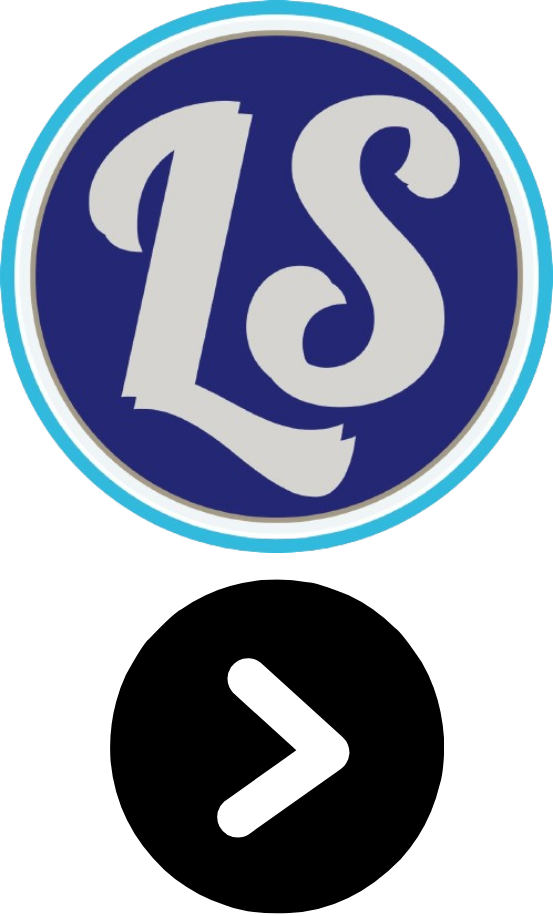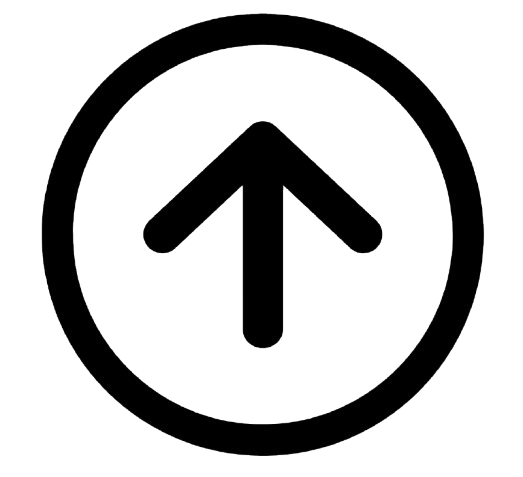| Latest Social Science NCERT Notes, Solutions and Extra Q & A (Class 6th & 7th) | |||||||||||||||||||
|---|---|---|---|---|---|---|---|---|---|---|---|---|---|---|---|---|---|---|---|
| 6th | 7th | ||||||||||||||||||
Chapter 4 Timeline And Sources Of History
How Is Time Measured In History?
History is the study of human experiences and events from the past. To understand and organize historical events, we need ways to measure and reference time.
Different societies and cultures have traditionally used various calendars and systems for tracking time, often marking the beginning of new eras based on significant events like the rule of important leaders or religious occasions. While numerous calendars (like Hindu, Muslim, Jewish, Chinese) are still in use today, the Gregorian calendar is the most widely adopted international standard for historical dating.
In the Gregorian calendar, the conventional reference point historically used was the supposed year of Jesus Christ's birth. Years following this point were traditionally marked with AD (Anno Domini). Today, the more universally accepted term is CE, standing for Common Era. For instance, the year 1947, when India gained independence, is written as 1947 CE.
Years before this reference point were marked with BC (Before Christ). The modern term used globally is BCE, meaning Before Common Era. Dates in BCE count backward from the reference point. For example, the approximate birth year of Gautama Buddha, 560 BCE, occurred before the Common Era began.
Example 1. Such calculations are simple, but there is a catch. In the Gregorian calendar, there is no ‘year zero’. The year 1 CE follows immediately the year 1 BCE. Draw a simple timeline marking every year from 2 BCE to 2 CE; you will see that because of the absence of a year zero, only 3 years have passed between those two dates.
So to calculate the number of years between a BCE date and a CE date, you should add them but subtract 1 — in the above case, 2 + 2 – 1 = 3.
Practice a few examples with your classmates. For example, to return to the question about the Buddha, suppose we are now in the year 2024 CE, then the Buddha was born 560 + 2024 – 1 = 2,583 years ago.
Answer:
The Gregorian calendar sequence around the transition from BCE to CE is: ..., 3 BCE, 2 BCE, 1 BCE, 1 CE, 2 CE, 3 CE, ...
Notice there is no year 0. The transition from 1 BCE to 1 CE is a change of 1 year.
To find the number of years between a date in BCE and a date in CE:
Number of years = (BCE year) + (CE year) - 1
For example, between 2 BCE and 2 CE:
Number of years = $2 \text{ BCE} + 2 \text{ CE} - 1 = 3$ years.
Between Buddha's approximate birth (560 BCE) and the current year (2024 CE):
Number of years ago = $560 \text{ BCE} + 2024 \text{ CE} - 1 = 2583$ years.
A timeline is a visual representation that helps organize and understand the sequence of events over a particular period in history. It places events in chronological order, making it easier to see when things happened relative to each other.
Larger periods in history are often discussed using terms like decade (10 years), century (100 years), and millennium (1,000 years).
- Centuries CE are counted starting from 1 CE. The 1st century CE is 1-100 CE, the 2nd century CE is 101-200 CE, and so on. The 21st century CE is 2001-2100 CE.
- Centuries BCE are counted backward. The 1st century BCE is 100-1 BCE, the 2nd century BCE is 200-101 BCE, etc. The 3rd century BCE includes the years 300 BCE to 201 BCE.
- Millenniums CE are counted from 1 CE. The 1st millennium CE is 1-1000 CE, the 2nd millennium CE is 1001-2000 CE, and the 3rd millennium CE is 2001-3000 CE.
- Millenniums BCE are counted backward. The 1st millennium BCE is 1000-1 BCE, the 2nd millennium BCE is 2000-1001 BCE, etc.
Traditional Indian calendars often rely on astronomical observations of the sun and moon to define months. A pañchānga is a traditional almanac that provides detailed astronomical data, festival dates, and other information, still widely used today.
What Are The Sources Of History?
To learn about the past, historians rely on various forms of evidence called sources of history. These can be objects, writings, structures, or even oral traditions that provide information about past events, people, or periods.
Understanding history is like piecing together a jigsaw puzzle, where each source is a clue. However, often some pieces are missing, making the reconstruction of the past challenging. Historians gather information from as many sources as possible, cross-referencing them. If sources contradict each other, they evaluate their reliability to form the most probable understanding of the past.
Sources of history can be broadly categorized:
- Archaeological Sources: These are physical remains found through excavation, such as tools, pottery, ornaments, bones (human and animal), remains of buildings, monuments, coins, inscriptions (writings on hard surfaces), and sites of habitations or burials.
- Literary Sources: These are written records, including manuscripts, historical texts (chronicles), poems, plays, collections of stories, religious texts (like the Vedas and Itihasas in India), scientific and technological writings, and travelogues by foreign visitors.
- Oral Sources: Information passed down through generations verbally, such as folklore, songs, and legends.
- Artistic Sources: Visual representations from the past, such as paintings, sculptures, and carvings on panels.
Experts from various fields contribute to historical understanding:
- Archaeologists: Study the past by excavating and examining material remains.
- Epigraphists: Specialize in studying inscriptions.
- Anthropologists: Study human societies and cultures.
- Experts in languages and literature analyze written sources.
- Scientists using techniques like climate studies, chemical analysis of materials, and genetic studies of ancient remains provide additional insights.
For more recent history (the last few centuries), newspapers and increasingly electronic media (television, internet) also serve as valuable sources.
The Beginnings Of Human History
Modern humans, known scientifically as Homo sapiens, have existed for roughly 300,000 years. While this seems like a long time, it is a very brief period compared to the entire history of Earth and the evolution of life.
Early humans lived in groups or 'bands' to help each other survive the challenges posed by nature. Their main way of life was being hunters and gatherers, meaning they obtained food by hunting animals and collecting wild edible plants and fruits.
They sought shelter in temporary camps, natural rock shelters, or caves. Communication likely occurred through early forms of language that are no longer known to us.
Early humans learned to use fire and developed increasingly sophisticated tools, primarily made from stone, such as axes, blades, and arrowheads, to make hunting and processing food easier.
Evidence of their lives, beliefs, and activities can be found in rock paintings discovered in caves across the world. These paintings range from simple figures to detailed scenes depicting animals and human actions. Some rock art may also reflect beliefs about the natural world or even concepts of an afterlife.
Over time, early humans also began creating simple ornaments using materials like stone, shells, or animal teeth, and engaged in limited exchange of these items with other groups.
The First Crops
Earth's climate has undergone massive changes throughout its history, including periods known as Ice Ages, when large parts of the planet were covered in ice.
The most recent major Ice Age ended around 12,000 years ago. As the climate warmed, the ice melted, increasing water flow in rivers and eventually draining into the oceans.
The warmer climate post-Ice Age brought improved living conditions for humans in many regions. Around this time, humans began to make a monumental shift in their way of life:
- They started settling down in one place more permanently.
- They began cultivating cereals and grains, marking the beginning of agriculture.
- They also began domesticating animals like cattle and goats, which provided a more reliable source of food and other resources.
These communities often settled near rivers, benefiting from the readily available water for drinking and irrigation, and the fertile soil deposited by river floods.
With more food available from farming and animal domestication, human communities grew larger in size and number. Simple communities began to develop greater social complexity. Collective well-being (welfare) was important, and resources like land were often owned and managed communally rather than individually.
As these settlements grew, hamlets developed into larger villages, engaging in exchange of goods like food, clothing, and tools. Communication and trade networks gradually formed between villages.
New technologies emerged, including pottery for making containers and objects from clay, and later, the use of metals (first copper, then iron) to create more durable tools, everyday items, and ornaments.
These developments laid the groundwork for the emergence of more complex societies and eventually, what is known as civilization.
The survival and progress of early humanity were not guaranteed and faced numerous challenges. The adaptability and perseverance of our early ancestors were crucial to the continuation of the human species.

